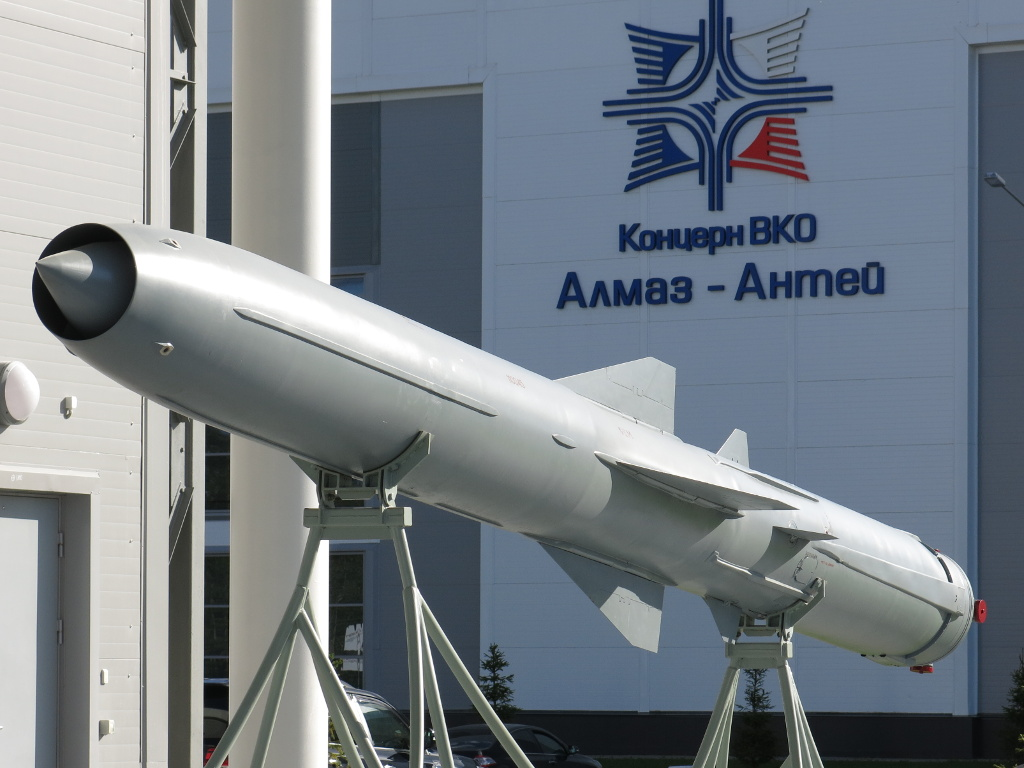For the third consecutive night, Russia has launched massive missile attacks on the Black Sea city of Odessa. What is unique about these attacks is that they were carried out with P-800 Onyx missiles, which were originally developed against warships.
As pointed out by the English-language Ukrainian news portal Kyiv Post, Moscow has rarely used this weapon against land targets since the war broke out last year, but in recent days it has “carried out a coordinated attack with them, posing a serious challenge to the defenses of the southern city.”
Developed in the 1970s, the supersonic, medium-range missile was originally designed to be launched against warships from land, ships and submarines. The export version of the missile has a range of up to 300 kilometers and a low-altitude trajectory of 120 kilometers, but the latest Russia-only versions are reported to have ranges of 600 to 800 kilometers and a warhead that weighs between 200 and 250 kilograms.
According to Yuri Ihnat, a spokesman for the Ukrainian Air Force, the missile poses a number of technical challenges in defending land targets, not least because of its flight speed.
“Onyx missiles are designed to destroy watercraft and ships, and fly at a speed of 3,000 kilometers per hour, which is very fast,” wrote Ihnat. He added that in addition to the speed, the nature of the flight path also makes it difficult to detect and intercept the missile.
The Onyx first climbs to an altitude of about 14 kilometers and then flies low at an altitude of 10 to 15 meters during its final approach to the target.
“It is difficult to fight against such missiles, but they can be influenced by electronic warfare,” he pointed out. The spokesman has already underlined the need for additional air defense missile systems, such as the U.S. Patriot or the French SAMP/T, which can also counter ballistic missiles.
Ukraine already has both systems, but not in sufficient quantities to fully protect all of its territory.






